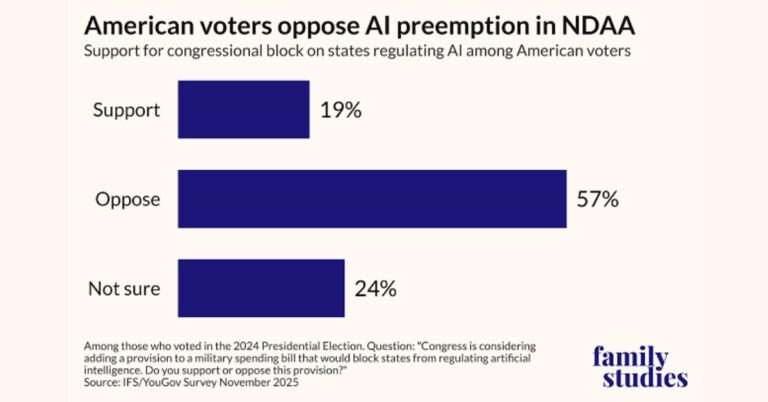In a pioneering achievement, Telstra and Ericsson have completed a groundbreaking trial of Ericsson’s Automated Configuration Consistency (EACC) rApp on a live commercial network. This successful test, conducted on Telstra’s network via Ericsson’s Intelligent Automation Platform (EIAP), underscores both companies’ commitments to advancing autonomous network technologies and improving network efficiency and reliability.
Transforming Network Management with AI-Powered Ericsson EIAP
The trial marks a significant step forward in network automation. Ericsson’s Intelligent Automation Platform (EIAP) acts as a Service Management and Orchestration (SMO) solution, designed to centralize and automate network management functions across RAN, core, and edge. By utilizing the EIAP, Telstra is exploring innovative ways to simplify network complexity, improve consistency, and streamline its operations.
Through advanced orchestration and machine learning capabilities, EIAP enables Telstra to manage configuration settings across its network efficiently. This platform allows Communication Service Providers (CSPs) like Telstra to oversee their networks in real time, monitor configurations for inconsistencies, and automate adjustments to maintain optimal performance. As a result, Telstra can deliver faster, more reliable network services that align with today’s demand for high-speed connectivity and low latency.
AI-Powered EACC rApp: Ensuring Network Configuration Reliability
The EACC rApp deployed in this trial is a specialized automation application that identifies and addresses configuration consistency issues within the Radio Access Network (RAN). The rApp’s capabilities extend to detecting and correcting errors in real time, with rollback features that allow Telstra to restore previous configurations if Key Performance Indicators (KPIs) are affected. This functionality is crucial for ensuring that network issues are resolved quickly without compromising service quality.
The EACC rApp trial is a first-of-its-kind deployment in a live network environment, which showcases the importance of real-time network configuration management in enhancing performance, stability, and resilience. For Telstra, this technology promises a path to reducing operational complexity, improving resource allocation, and strengthening its ability to deliver high-quality services.
Meeting High-Speed Demands through AI-Driven Network Automation
Today’s digital consumers increasingly expect reliable, high-speed connectivity to support data-intensive applications, from streaming and gaming to virtual meetings. However, maintaining such performance standards requires CSPs to address network configuration challenges proactively. This is where Ericsson’s EIAP and EACC rApp play pivotal roles. By enabling intelligent automation, these technologies help Telstra consistently meet customer expectations for speed, reliability, and minimal latency.
The trial demonstrates how advanced automation combined with AI-driven optimizations can elevate user experiences by providing seamless connectivity. With platforms like EIAP, Telstra can offer a more consistent quality of service, allowing customers to enjoy data-rich experiences without interruptions – a significant competitive advantage in a data-driven world.
Creating an Open AI-Powered rApp Ecosystem with Ericsson’s EIAP
Ericsson’s EIAP is more than just a tool for CSPs; it’s also a hub for collaborative innovation. The platform supports a growing open ecosystem, enabling developers to create and deploy rApps – modular automation applications designed to automate specific network functions. With resources such as the Software Development Kit (SDK) and Developer Portal, CSPs can access tools that support rapid rApp development, testing, and deployment.
Telstra’s participation in this open ecosystem is a testament to its commitment to adopting the latest innovations in network automation. By developing and implementing custom rApps, Telstra can continually evolve its network management strategies, delivering enhanced services while reducing operational overheads. This collaborative approach to innovation also facilitates advancements across network domains, including deployment, optimization, and self-healing functionalities powered by AI.
AI-Driven Path to Self-Optimizing Autonomous Networks at Telstra
Telstra’s trial of the EACC rApp aligns with its broader vision of developing autonomous networks. The ultimate goal is to establish a network that can self-optimize, self-heal, and self-assure with minimal human intervention. Achieving this level of automation enables Telstra to streamline network operations, improve utilization of resources, and focus more on enhancing customer experience.
The intent-driven model that Telstra aspires to achieve will leverage advanced AI and machine learning technologies to automate routine tasks, allowing network operators to monitor performance proactively and adapt to changing demands seamlessly. This approach holds promise not only for reducing operational costs but also for ensuring that Telstra’s network can respond quickly to usage spikes, outages, or performance drops, all while maintaining consistent service quality.
AI Innovations in Network Automation: Telstra and Ericsson Lead the Way
The trial’s success highlights both Telstra’s and Ericsson’s leadership in exploring cutting-edge network automation solutions. Sri Amirthalingam, Telstra’s Network Engineering Executive, emphasized the company’s dedication to customer-centric innovations, stating, “Our collaboration with Ericsson underscores our goal of enhancing customer experiences and ensuring the quality of our network services. Automating configuration management with rApps enables us to deliver consistent network performance, a key milestone on our journey toward autonomous networks.”
Emilio Romeo, Head of Ericsson Australia and New Zealand, expressed a similar sentiment, noting that “the integration of AI and machine learning in EIAP empowers CSPs to achieve superior network automation and efficiency, advancing the future of autonomous networks.” Romeo added that the trial “reinforces our commitment to providing reliable, seamless connectivity for users, ultimately helping CSPs like Telstra meet the demands of modern digital experiences.”
A New Era of Autonomous Networks and Open Innovation
The successful trial of the EACC rApp on Telstra’s live network serves as a foundational achievement for the future of autonomous networks. As more CSPs explore automation and AI-driven solutions, innovations like EIAP and the EACC rApp illustrate how technology can enhance network performance, consistency, and resilience.
Telstra’s efforts, alongside Ericsson’s, signal a move toward fully automated network management, providing valuable insights and solutions that can be adopted by CSPs globally. The rApp ecosystem offers an open innovation model, enabling developers to bring new applications to market quickly, while the EIAP platform provides the infrastructure to deploy these innovations seamlessly.
For those interested in exploring the possibilities of Ericsson’s rApp technology, additional information is available in the newly launched rApp Directory from Ericsson, which offers insights into the latest applications shaping the future of automated, intelligent network management. For more details on the Ericsson Automated Configuration Consistency rApp and other rApps, visit the recently launched rApp Directory from Ericsson.







































